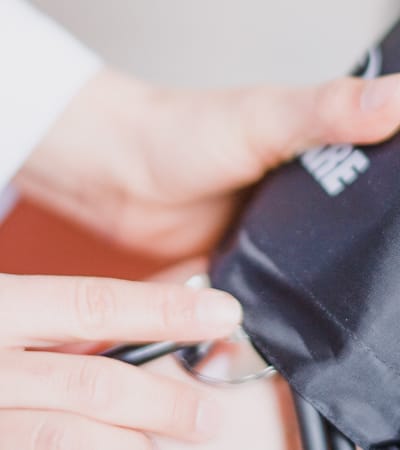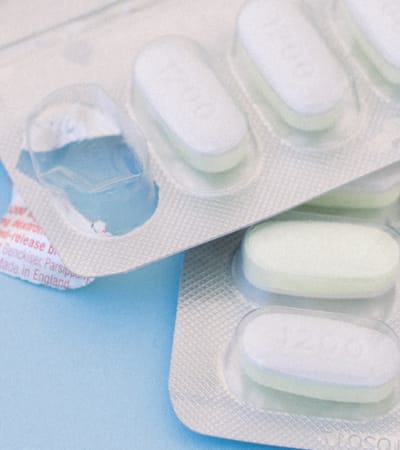Legg-Cavle Perthes Disease
Causes
Legg-Calve Perthes disease happens when the ball part of the hip joint (femoral head) does not receive enough blood supply. When this happens, the bone cells die, weakening the bone and making it more susceptible to breaking. It is still unknown what causes loss of blood supply to the ball and hip joint.
Symptoms
Pain and stiffness are the primary symptoms of Legg-Calve Perthes disease. Children will often develop a limp and limited range of motion in one hip, although it sometimes develops in both. Pain usually increases with activity and improves with rest.
Diagnosis
Physicians will assess a child’s legs during a physical exam, moving them into different positions. They will also ask about symptoms and medical history. Imaging tests such as x-rays and MRIs play a key role in identifying and monitoring Legg-Calve Perthes disease.
Treatment
Treatment for Legg-Calve Perthes disease can take several years. It usually depends on a number of factors, including the child’s age and the progression of the disease. Activity restriction, crutches, leg casts, and physical therapy are commonly recommended, but surgery may be required in severe cases.




